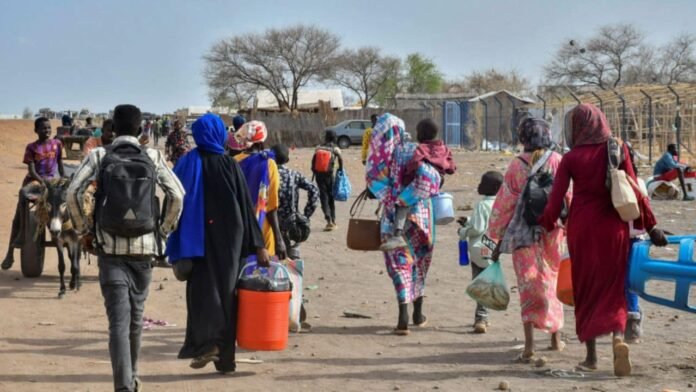More than 136,000 people have been displaced in south-eastern Sudan’s due to conflict and insecurity. The escalation of violence only made a very tragic humanitarian situation worse, thereby adding stress both to those being forced out of their homes and the agencies that try to help them.
Moreover, OCHA claims that Sudan’s is insecure for many people. These risks include those caused by war and other indirect threats like thefts, chaos, and collapse of law and order. In war-torn areas, civilians’ properties are being looted indiscriminately, adding agony to an already traumatized population.
Humanitarian partners are assisting those who fled Sennar state, but their number is growing alarmingly. These people are arriving around Sennar, including Sanja and Al-Dinder, which currently host 286,000 refugees, and the numbers are continuously increasing. The situation has overwhelmed local resources, leading to severe strain on the capacity to provide adequate support.
Lawlessness and looting have become rampant. OCHA reports that fighters from the Rapid Support Forces (RSF) are robbing houses, stealing vehicles, and targeting markets and shops, depriving people of necessities as the overall security situation deteriorates. This is causing a rise in humanitarian challenges that are hindering effective action by relief agencies.
It is significant that since April last year up till now violence between The Sudanese Armed Forces (SAF) and its counterpart paramilitary militia called Rapid Support Forces (RSF) is still going on. As it continues, this protracted conflict continues to claim lives and displace hundreds of thousands of people within Sudan’s borders. Ongoing violence keeps many away from returning home, thus sustaining a cycle of displacement and insecurity.
A thousand more from Sennar have found refuge at a refugee reception center in Kassala state, while over 20,000 people have headed to White Nile state. Most of these individuals reside in school buildings, where many other displaced persons live. Often, temporary shelters must meet basic requirements such as sufficient space or sanitary facilities for residents, posing additional health hazards.
Many displaced persons receive ready meals and drinking water from UN relief teams. Also, these individuals get general medical care through mobile clinics, while about 15,000 are fed from communal kitchens. However, the scale of displacement complicates humanitarian outreach, posing enormous challenges for those who carry out this work every day. The requirement for additional funding and supplies. And logistical support is crucial to guarantee that the victims of the conflict receive the assistance they desperately require.
Because of new battles that have resulted in massive displacement and have worsened the already existing humanitarian challenges. There is a quickly deteriorating situation in South Sudan’s. However, the UN and its partners work around the clock to provide relief aid. Growing needs call for combined global efforts to avert increasing pain and unrest.
The condition in South-eastern Sudan’s is rapidly declining as emerging fighting has caused mass displacements, exacerbating already existing human disasters. The UN and its partners are doing all they can to bring aid. Still, they cannot meet escalating needs alone, thus requiring an international concerted effort to avert more suffering and disorder.


